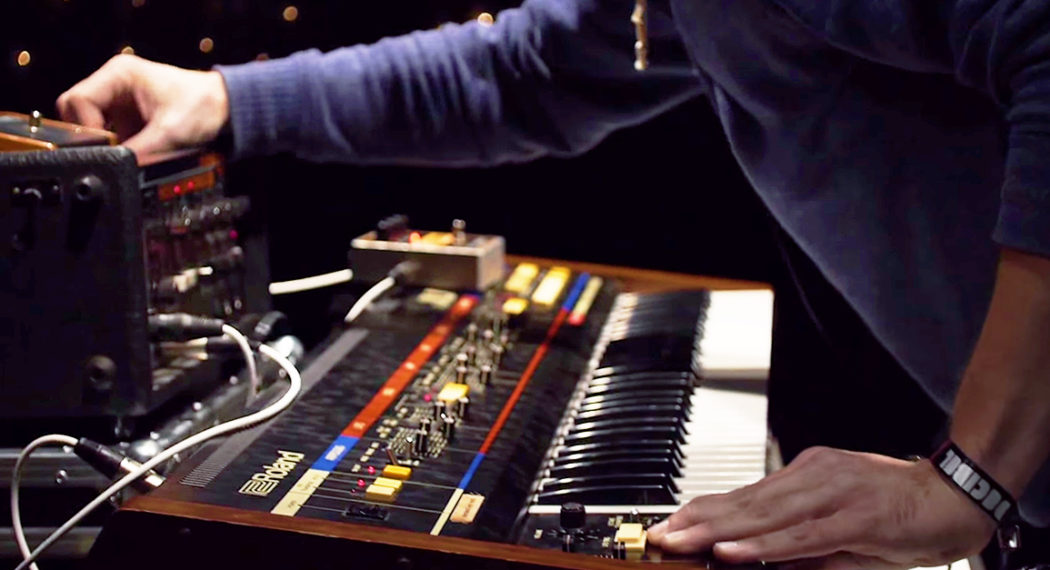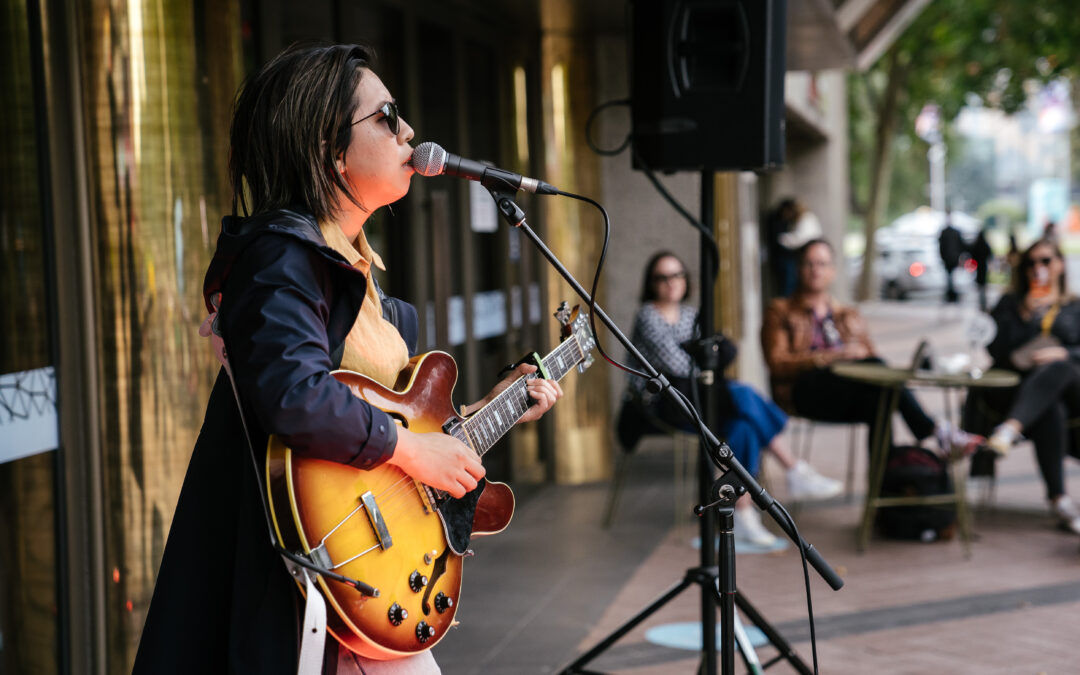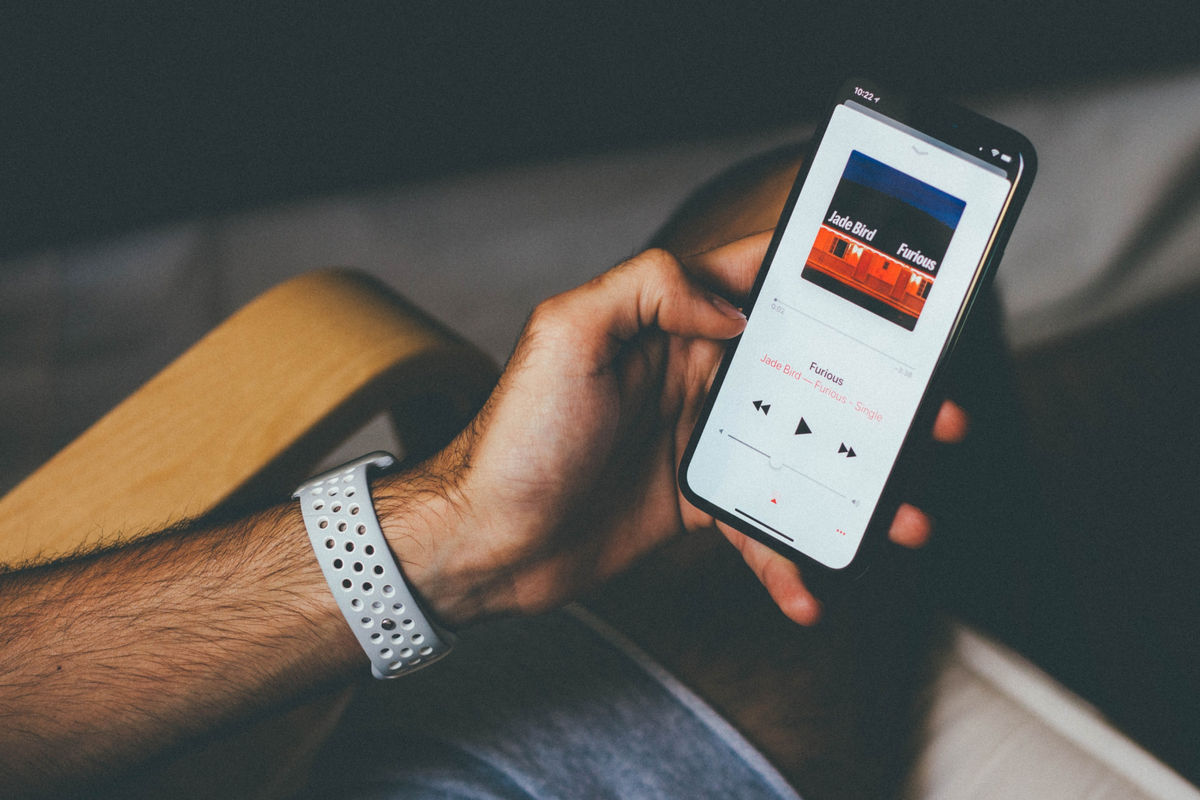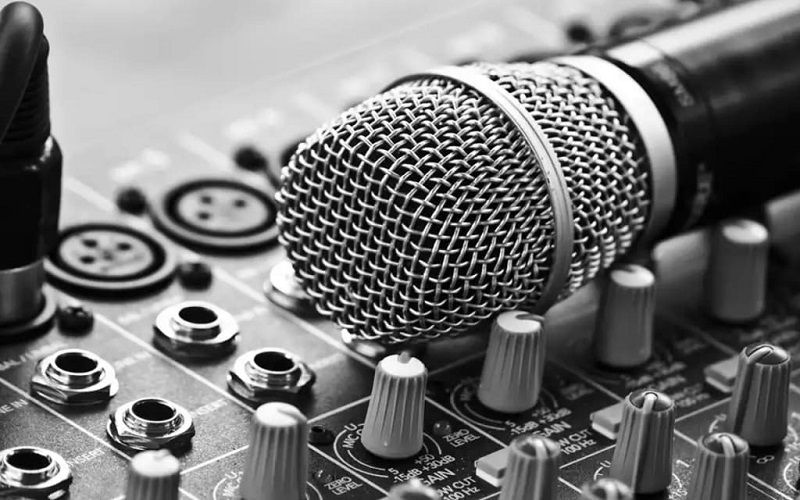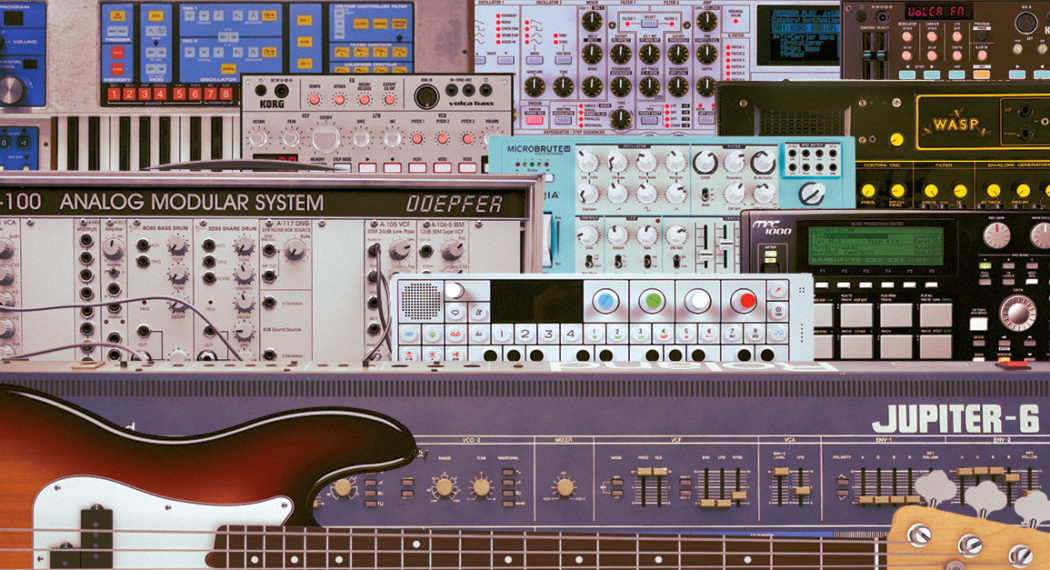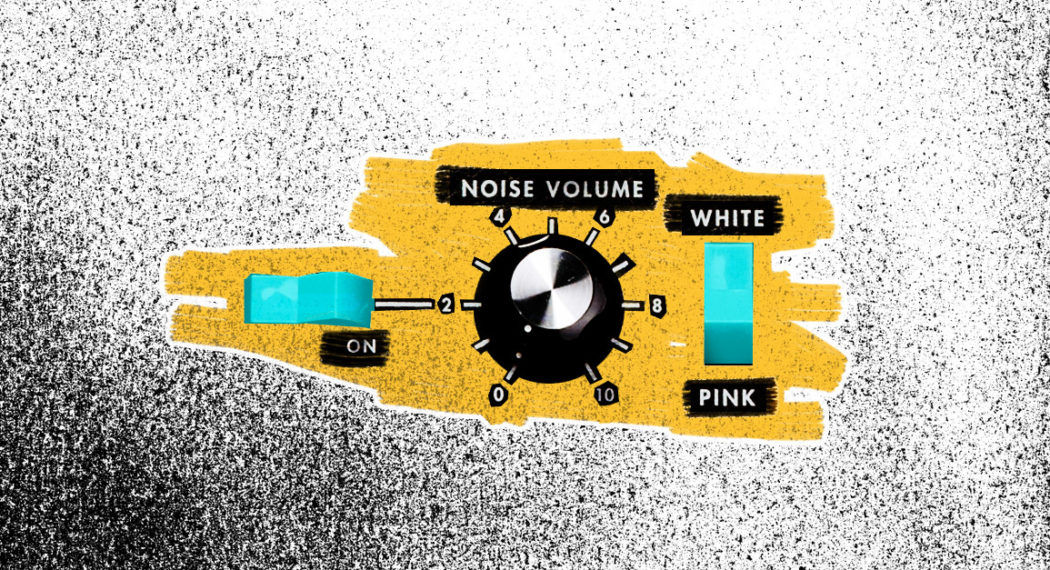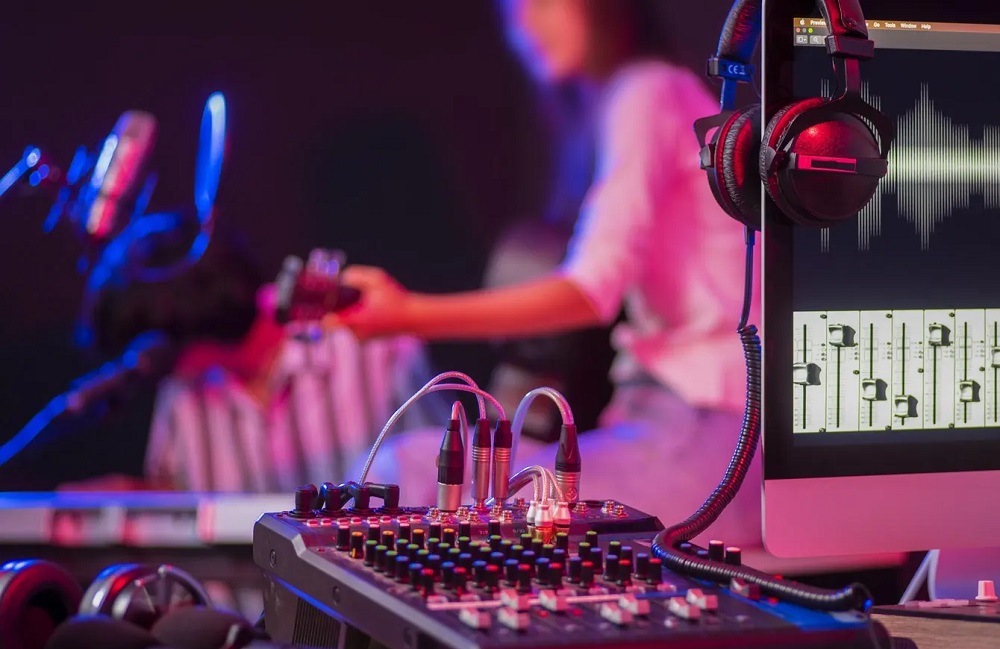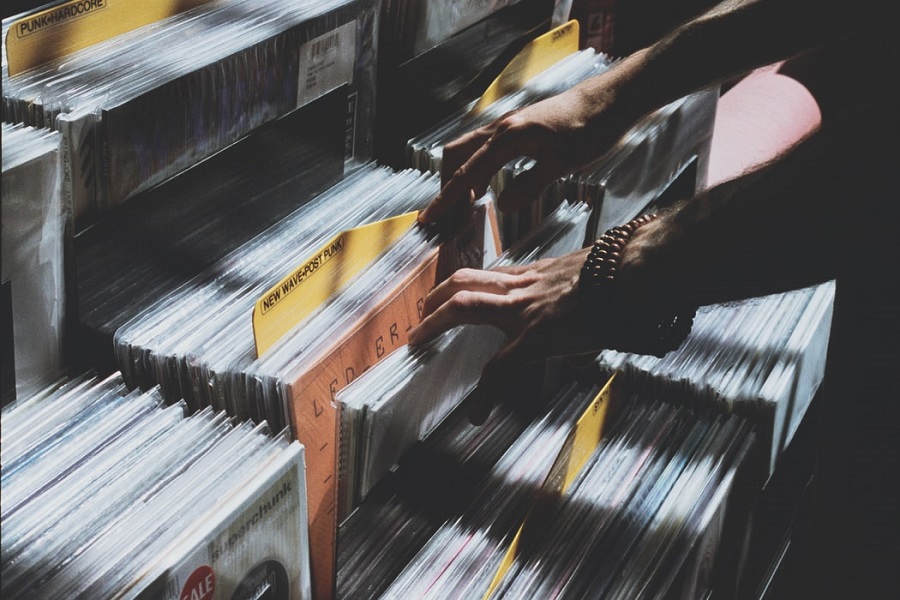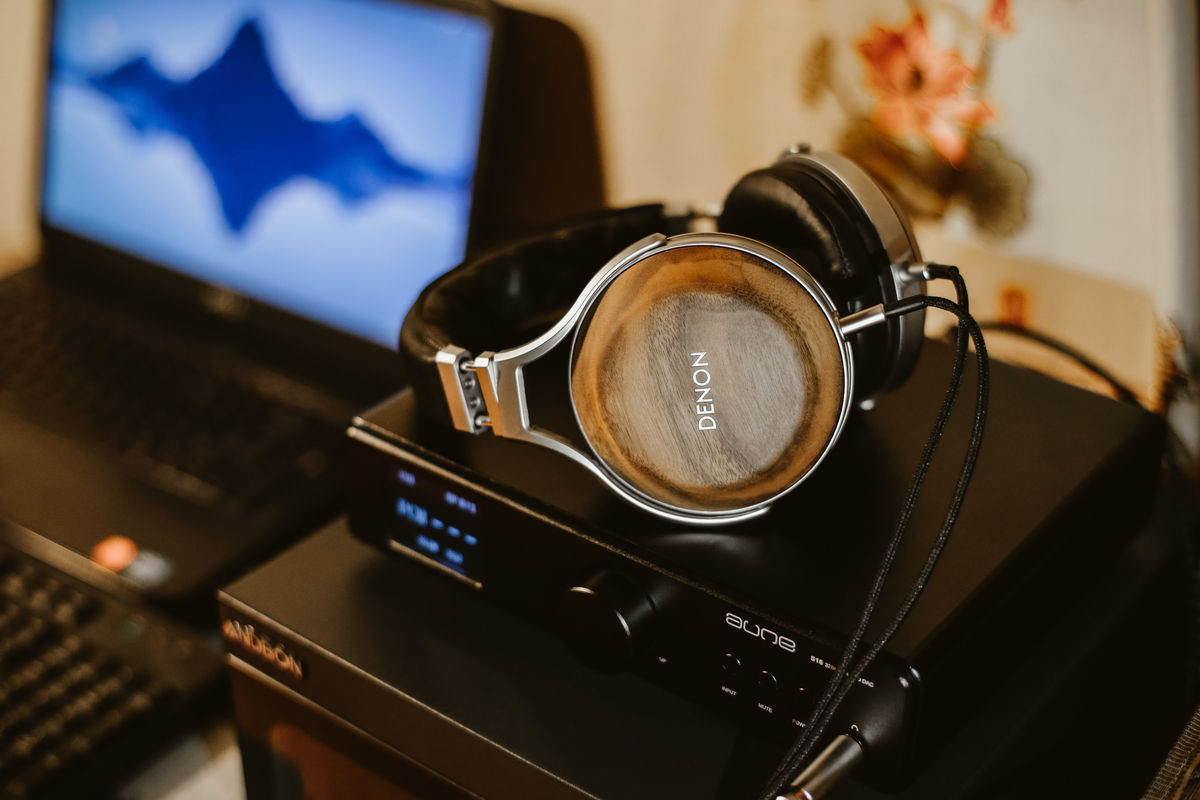Music distribution is misunderstood. There’s way too much confusion about what it means, how it works and how to do it well.
Distribution is the best way to get heard. But how do you do it right?
It’s changed a ton since digital distribution took over.
So it’s time to clear up some of the confusion once and for all…
Here’s 7 common misconceptions about music distribution you need to forget.
1. Physical Distribution is Dead
Many people will tell you that physical is dead and digital is the future. And they’re right… sort of…
Streaming and digital downloads are the most popular way to access music. But that doesn’t mean NO ONE buys vinyl, cassettes, CDs or other physical formats anymore.
In fact, physical sales still account for 39% of recording industry revenue. And waiting around for enough streaming royalties to roll in might take awhile if you’re an independent artist.
My point is, if someone wants to buy your physical release give them the option! Revenue from physical releases can add up much faster than streams.
Don’t believe the hype about the death of physical. Physical revenues are gonna be around for awhile. Diversify your releases, tap into the right audience, and get paid for your music digitally and physically.
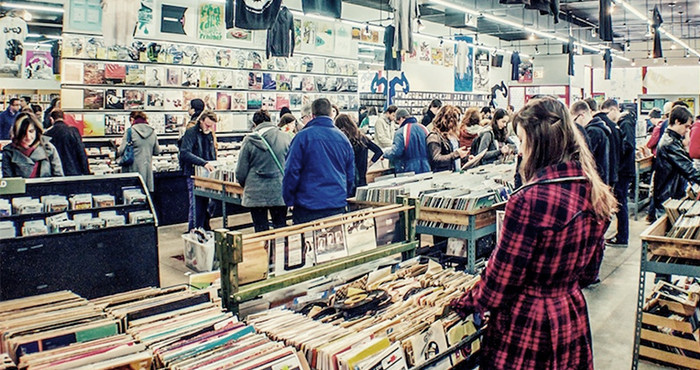
2. MP3s Are All I Need
MP3s are great. Their small file sizes and ‘streamability’ are huge assets when it comes to digital platforms.
But if you’re serious about distributing your music right you NEED high quality WAV masters. In fact, most of the major platforms—like Bandcamp, Spotify and Apple Music—require or encourage high-quality WAV files for all submissions.
Audio Format checklist for distribution:
- 16 bit (sample size)
- 44.1 kHz (sample rate)
- 1411 kbps (bit rate) stereo WAV files
Starting with HD 24-bit WAV mastering gives you exactly what you need to upload to every major platform.
If you’re taking care of your own distribution on a site like Bandcamp, uploading the highest-quality files gives your listeners everything they need. Bandcamp explains it perfectly in the FAQs section:
3. My music isn’t good enough for distribution
Believe it or not, Distribution can actually be part of your creative process. Distribution doesn’t just mean getting onto platforms like Spotify or iTunes.
Running your own DIY SoundCloud page, or uploading your tunes to YouTube, is distribution too. Your DIY distribution channels are useful tools for perfecting your tracks before distributing with the majors.
Share early and get feedback. If you sit in your studio stressing about whether your tracks are good enough to share or not, your music will never matter… ‘Cause no one will hear it.
Be transparent about demos and sketches of tracks you’re working on. Use the input you get from peers and listeners. So when you do move into bigger distribution channels you’ll be coming correct.
4. Distribution means sitting back and letting the money roll in
When it comes to distribution ‘set it and forget it’ is as far from the truth as it gets.
Always remember: Your music distribution is only as good as your music promotion.
That means staying engaged with your fans and audience as much as possible. The best way to do it is to make distribution PART of your promotion.
Build hype around your projects. Keep your audience up to date about what you’re working on and be transparent with your process.
So that when you do upload to the big distro platforms, your streaming links will be extra juicy for your audience. If your promotion is smart then your distributed music will actually get listened to.
5. Distribution and publishing are the same thing
In music, distribution and publishing are 2 very different concepts.
Music Distribution gets your music into the ears of all those music enthusiasts and potential fans out there. It’s how your music goes from your studio to the rest of the world. That means things like streaming platforms, physical releases and album downloads.
Music Publishing is how you get paid for all those places your music is being played—usually in the form of royalties.
Publishing also covers placements and syncs. Placements and syncs are when your music is used commercially like advertisements, video games or movies.
Check out our guides on Music Publishing and Music Distribution to learn more. Knowing the difference is important!
6. Distribution Platforms make my music Findable
Distribution platforms make your music available. But they DON’T make your music findable. That part is up to you.
Each platform has their own unique tagging system. Research the tagging systems on the platforms you’ll be using the most. Proper tagging will make your music findable within each platform.
Tags will vary depending on the platform. But some important tags to keep in mind are:
- Year
- Genre(s)
- Collaborators, co-producers or co-writers
- Record Label
- Release Date
- Album title
Hint: Artist name and track title won’t cut it anymore…
7. Distribution Platforms will automatically promote my music
There’s other ways to make your music findable faster too. Playlisting has become a key way to get your music heard.
Spotify playlists are especially useful for promoting your own material. Make a playlist of stuff you’re inspired by, put your own music in it, and share it through your social media channels.
This will increase your streams and make your music more visible on the platform. Collaborating with other artists on a playlist is also a superb way to gain visibility.
Tastemakers often search playlists to find the next best sound. When that super-aficionado comes looking, your music needs to be there.
Building your own voice as an influencer through playlists will pique the interest of potential fans and give enthusiasts a better understanding of where your music comes from. It’s a win-win.
Streaming platforms can be distribution channels AND promotional tools. So get involved and make your music findable.
Distribute and Contribute
Distribution means getting your music out there. But it’s not a one-size-fits-all process.
Successful distribution is the sum of all the other work you do—like finding your best possible sound, promoting your music, and building your visibility.
The future of smart distribution is a willingness to adapt to a changing industry. But with the right perspective, keeping your music ahead of the curve is possible.


